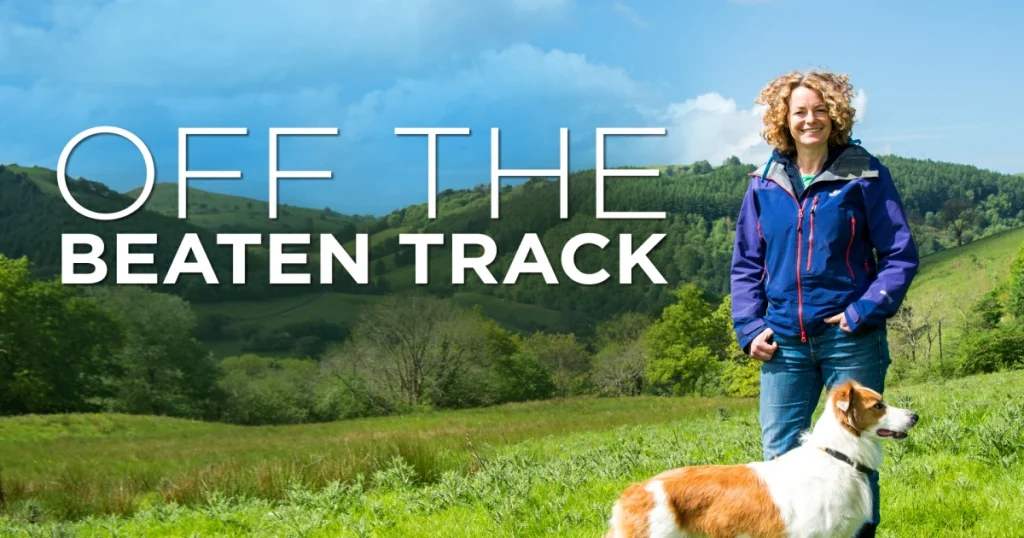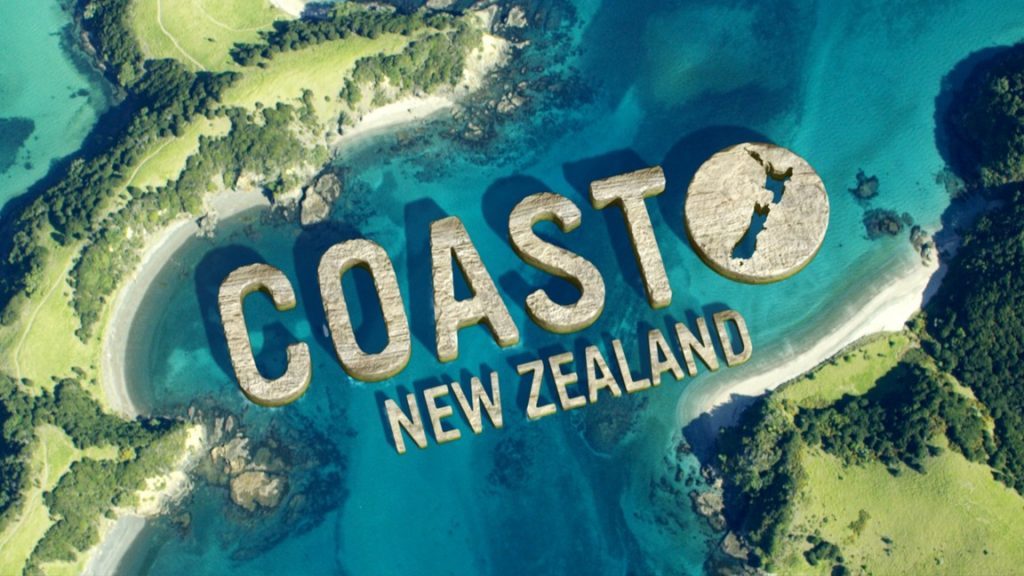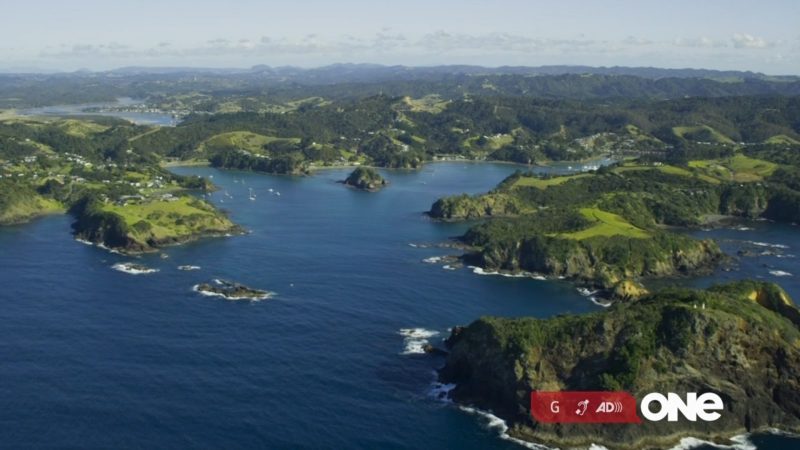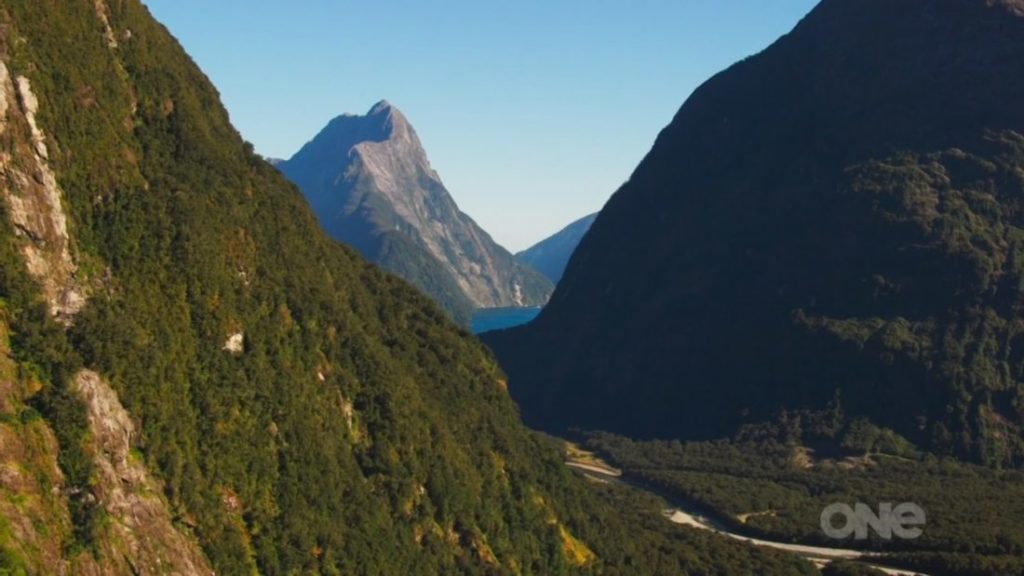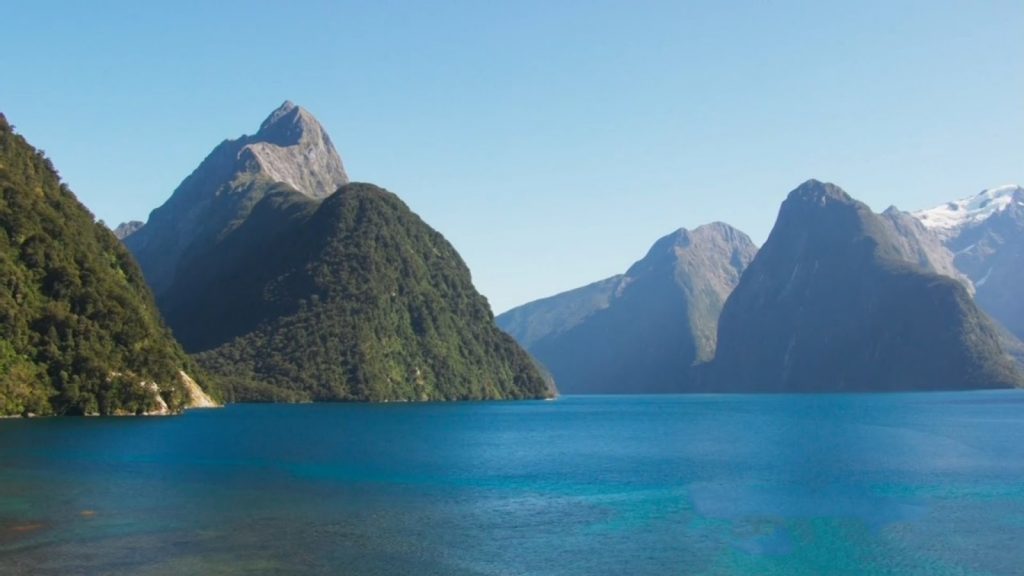Kate Humble: Off the Beaten Track episode 2: Kate and her Welsh sheepdog, Teg, travel from southern Snowdonia, to the least populated area in the UK, deep in the Cambrian Mountains. Along the way, Kate experiences a deer cull, loses a herd of cattle on Cadair Idris mountain, meets a family relying on the weather to run their mod cons, tastes the Dyfi Valley from a glass and discovers the Welsh equivalent of the Amazon Rainforest.
Kate Humble and her Welsh sheepdog Teg travel from the tip of North Wales through the remotest parts of Wales to the south coast. Along the way they explore how the landscape shapes the people who live there.
Kate Humble: Off the Beaten Track episode 2
Katherine Mary Humble is an English television presenter and narrator, mainly working for the BBC, specialising in wildlife and science programmes. Humble served as President of the RSPB from 2009 until 2013. She is an ambassador for the UK walking charity Living Streets.
Wales
Wales is a country that is part of the United Kingdom. It is bordered by England to the east, the Irish Sea to the north and west, and the Bristol Channel to the south. It had a population in 2011 of 3,063,456 and has a total area of 20,779 km2 (8,023 sq mi). Wales has over 1,680 miles (2,700 km) of coastline and is largely mountainous with its higher peaks in the north and central areas, including Snowdon (Yr Wyddfa), its highest summit. The country lies within the north temperate zone and has a changeable, maritime climate.
Welsh national identity emerged among the Britons after the Roman withdrawal from Britain in the 5th century, and Wales is regarded as one of the modern Celtic nations. Llywelyn ap Gruffudd’s death in 1282 marked the completion of Edward I of England’s conquest of Wales, though Owain Glyndŵr briefly restored independence to Wales in the early 15th century. The whole of Wales was annexed by England and incorporated within the English legal system under the Laws in Wales Acts 1535 and 1542.
Distinctive Welsh politics developed in the 19th century. Welsh Liberalism, exemplified in the early 20th century by David Lloyd George, was displaced by the growth of socialism and the Labour Party. Welsh national feeling grew over the century; a nationalist party, Plaid Cymru was formed in 1925, and the Welsh Language Society in 1962. Established under the Government of Wales Act 1998, the Senedd (the Welsh Parliament, formerly known as the National Assembly for Wales) is responsible for a range of devolved policy matters.
Snowdonia
Snowdonia is a mountainous region in northwestern Wales and a national park of 823 square miles (2,130 km2) in area. It was the first to be designated of the three national parks in Wales, in 1951.
Before the boundaries of the national park were designated, “Snowdonia” was generally used to refer to a smaller area, namely the upland area of northern Gwynedd centred on the Snowdon massif, whereas the national park covers an area more than twice that size extending far to the south into Meirionnydd. This is apparent in books published prior to 1951, such as the classic travelogue Wild Wales by George Borrow (1862) and The Mountains of Snowdonia by H. Carr & G. Lister (1925). F. J. North, as editor of the book Snowdonia (1949), states “When the Committee delineated provisional boundaries, they included areas some distance beyond Snowdonia proper.” The traditional Snowdonia thus includes the ranges of Snowdon and its satellites, the Glyderau, the Carneddau, the Moelwynion and the Moel Hebog group. It does not include the hills to the south of Maentwrog. As Eryri (see above), this area has a unique place in Welsh history, tradition and culture.
